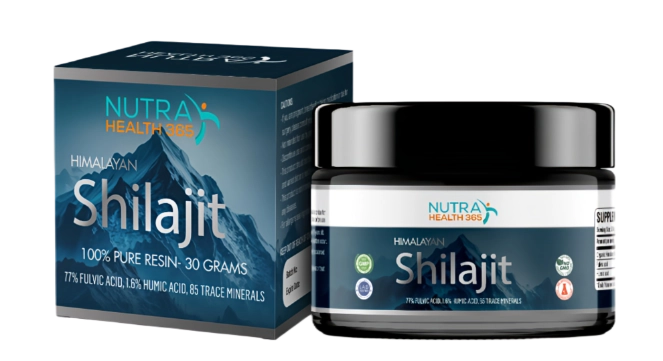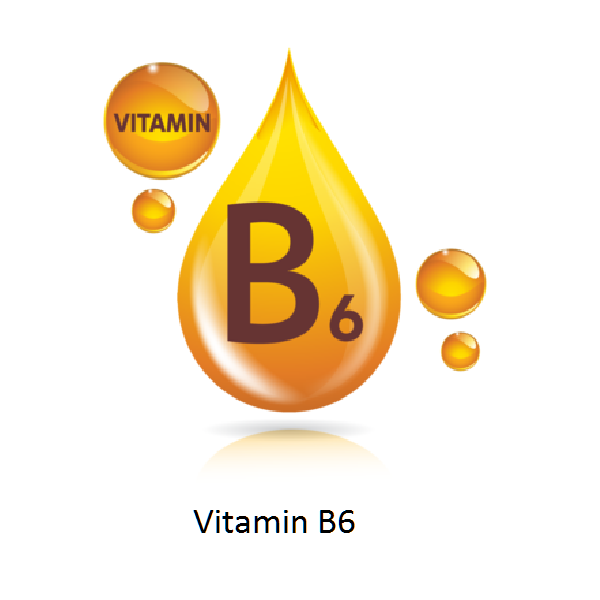Shilajit: A Treasure from the Himalayas
Shilajit, also known as “the destroyer of weakness” or “conqueror of mountains,” is a sticky resinous substance found primarily in the Himalayas, Altai, Caucasus, and other mountain ranges around the world. It has a rich history steeped in traditional medicine systems such as Ayurveda, Siddha, and Unani. This potent substance has been revered for centuries due to its purported health benefits and therapeutic properties.
Historical Origins
The history of shilajit dates back thousands of years. In ancient Sanskrit texts like the Charaka Samhita and Sushruta Samhita, shilajit is described as a panacea for numerous ailments. It is believed to have been formed from the decomposition of plant matter and minerals trapped in rock crevices over centuries. This unique geological process yields a dense, black resin that oozes from the cracks of rocks in high altitude mountain ranges during the warmer months.
Shilajit’s historical significance extends beyond India, with references found in ancient Greek texts where it was referred to as “shilajitu” or “rock sweat.” Legends speak of its discovery by Himalayan villagers observing wild animals consuming the resin for its rejuvenating properties.
Medicinal and Therapeutic Uses
Shilajit is hailed as an adaptogen, a substance that helps the body adapt to stress and maintain homeostasis. Rich in fulvic acid, minerals, trace elements, and other bioactive compounds, shilajit is believed to possess antioxidant, anti-inflammatory, and immune-boosting properties.
In traditional medicine systems, shilajit has been used to treat a wide array of ailments including:
- Rejuvenation: It is considered a Rasayana in Ayurveda, a category of herbs renowned for their ability to promote longevity and vitality. Shilajit is believed to enhance physical strength, mental clarity, and overall well-being.
- Energy and Stamina: Shilajit is often used to combat fatigue and boost energy levels. It is believed to improve mitochondrial function, increasing ATP production and enhancing cellular energy.
- Cognitive Health: Some studies suggest that shilajit may support cognitive function and memory due to its antioxidant and neuroprotective properties.
- Bone Health: Rich in minerals like calcium, magnesium, and zinc, shilajit is believed to promote bone density and support skeletal health.
- Immune Support: Shilajit’s immunomodulatory effects may help strengthen the body’s natural defense mechanisms, making it useful in combating infections and illnesses.
- Anti-Aging: Due to its high antioxidant content, shilajit is believed to neutralize free radicals and reduce oxidative stress, thus slowing down the aging process and promoting youthful vigor.

Modern Research and Commercial Applications
In recent years, scientific interest in shilajit has surged, leading to numerous studies investigating its potential health benefits. Research has shown promising results in areas such as cognitive enhancement, anti-inflammatory effects, and wound healing. Shilajit supplements, available in various forms such as powders, capsules, and extracts, have gained popularity in the wellness industry, attracting consumers seeking natural alternatives to conventional medicine.
However, despite its long history of use and promising research findings, it’s essential to note that shilajit is not a panacea, and its efficacy may vary from person to person. As with any natural remedy, it’s crucial to consult with a healthcare professional before incorporating shilajit into your wellness regimen, especially if you have underlying health conditions or are taking medications.
Conclusion
Shilajit stands as a testament to the enduring wisdom of traditional medicine systems and the rich biodiversity of mountainous regions. Whether viewed through the lens of history, traditional wisdom, or modern science, shilajit continues to fascinate and inspire, offering a glimpse into the profound connection between nature and human health.
What is shilajit?
Shilajit is a natural resinous substance that is formed over centuries from the decomposition of plant matter and minerals in rock crevices, primarily found in high-altitude mountain ranges such as the Himalayas, Altai, and Caucasus. It is rich in fulvic acid, minerals, trace elements, and other bioactive compounds.
What are the traditional uses of shilajit?
Shilajit has a long history of use in traditional medicine systems such as Ayurveda, Siddha, and Unani. It is believed to have rejuvenating properties and is used to promote longevity, vitality, and overall well-being. Traditionally, it has been used to combat fatigue, boost energy levels, support cognitive function, promote bone health, and strengthen the immune system.
What does modern research say about shilajit?
Modern scientific research on shilajit has shown promising results in various areas. Studies suggest that shilajit may have antioxidant, anti-inflammatory, and immune-boosting properties. It has been investigated for its potential to enhance cognitive function, improve energy metabolism, support bone health, and aid in wound healing. However, further research is needed to fully understand its mechanisms of action and therapeutic potential.





